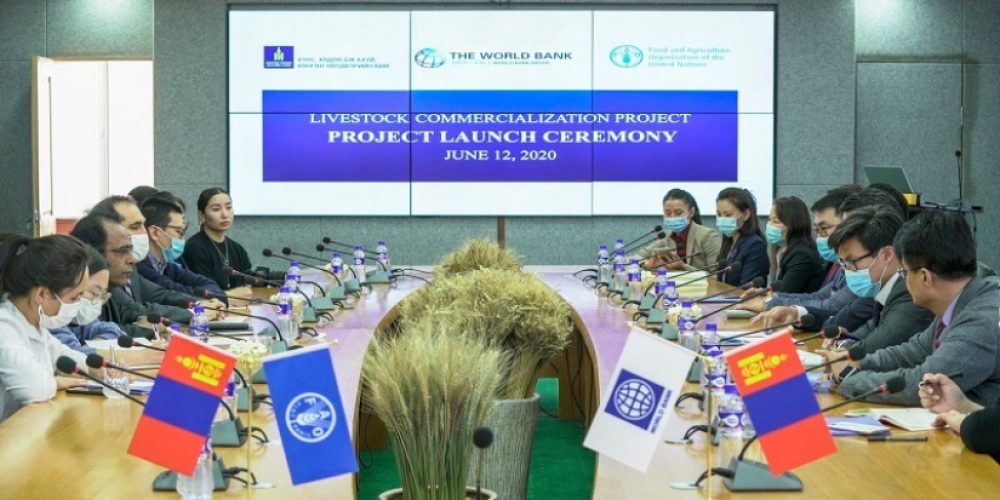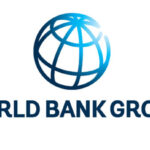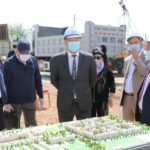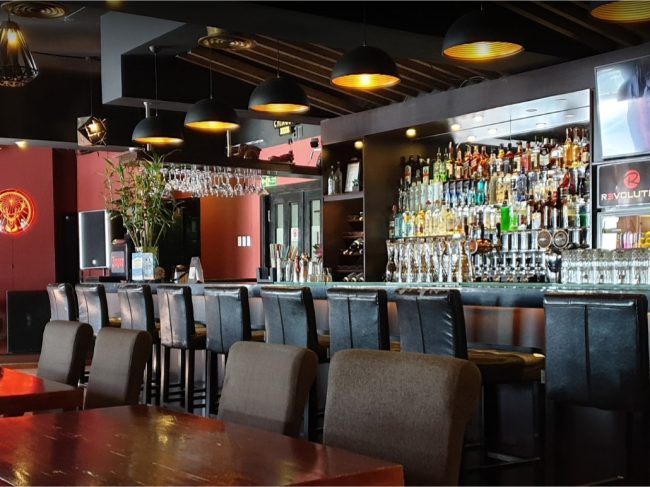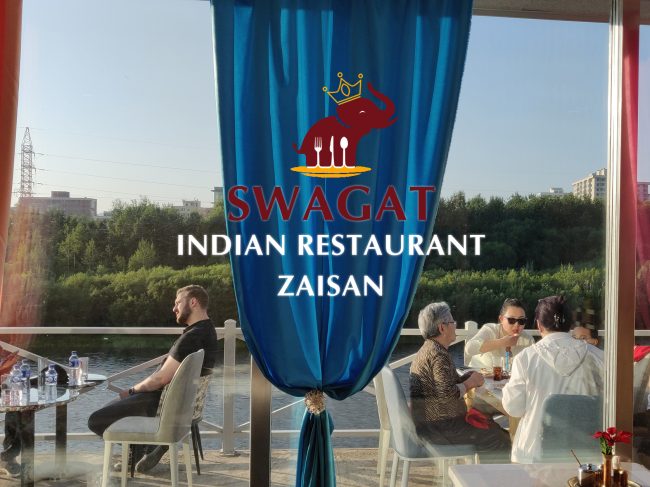The Minister of Food, Agriculture and Light Industry, Ch.Ulaan, and the FAO Resident Representative in Mongolia, Vinod Ahuja, signed an agreement on the outcome of the World Bank’s $ 30 million “Livestock Economic Turnover” project on December 12. signed.
The Financing Agreement for the project, which was ratified by the Parliament in April this year, was signed by the Government of Mongolia and representatives of the World Bank and entered into force upon the Ministry of Food, Agriculture and Light Industry providing the necessary measures and preconditions. The project is the second phase of the Agricultural Marketing Project, the first program to support the development of Mongolia’s livestock sector.
Within the framework of the project, in 2020-2025, Arkhangai, Bayan-Ulgii, Bayankhongor, Bulgan, Gobi-Altai, Zavkhan, Orkhon, Uvurkhangai, Sukhbaatar, Tuv, Uvs, Khovd, Khuvsgul and Khentii aimags will have livestock health, productivity and value-added network facilities. It seeks to increase government turnover and create the conditions for rapid and effective response to emergencies and disasters.
In particular, it will support the removal of barriers to the export of livestock products, especially raw materials and products of animal origin, related to animal health and infectious and highly contagious animal diseases. It also aims to improve veterinary policy and standards in line with international standards and to train veterinarians and veterinary specialists working in aimags and soums. Within the framework of increasing livestock productivity, capacity building of private and local livestock breeders through the establishment of core and parent herds and artificial insemination units, development of their activities, improvement of livestock productivity through introduction of best practices in animal feed, milk clusters and livestock compression The main goal of the project is to develop fertilization points, semi-intensive and intensive livestock breeding.

